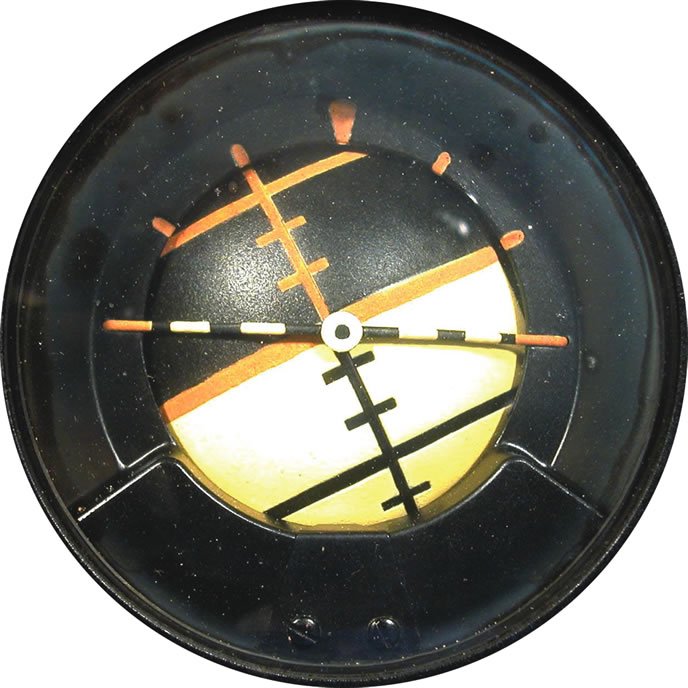Despite pilot Roger Peterson being a “young married man who built his life around flying,” he had failed his instrument rating checkride nine months prior to the accident. He held a waiver to his second-class medical certificate for a hearing deficiency, although this almost certainly was not a factor in the accident. Most significantly, he had taken instrument training in an aircraft with a different type of attitude indicator than the one in the Bonanza. It provided a direct movement of the airplane on the face of the instrument, similar to today’s modern steam-gauge attitude indicators, but opposite that of the then more-prevalent war-surplus attitude indicators in which the airplane stayed constant in the instrument while the artificial horizon moved instead.

Looking at this situation now, it is apparent that risk was created because the pilot was not qualified to conduct IFR flight in IMC conditions. It’s likely he also was not familiar with the instrumentation in the accident aircraft, including an understanding of how its pictorial presentation differed from others he’d flown.

The airplane pictured above is an early Model 35 Bonanza, similar to the accident aircraft. This one is operated by the National Test Pilot School. The inset image is the indicator portion of a Sperry Model F-3 Attitude Gyro.




